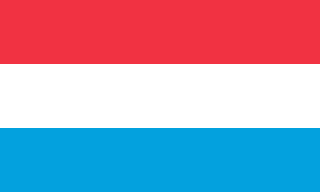
Luxembourg, officially the Grand Duchy of Luxembourg, is a small landlocked country in Western Europe. It is bordered by Belgium to the west and north, Germany to the east, and France to the south. Its capital and most populous city, Luxembourg, is one of the four institutional seats of the European Union and the seat of several EU institutions, notably the Court of Justice of the European Union, the highest judicial authority. Luxembourg's culture, people, and languages are highly intertwined with its French and German neighbors; while Luxembourgish is the only national language of the Luxembourgish people and of the Grand Duchy of Luxembourg, French is the only language for legislation, and all three – Luxembourgish, French and German – are used for administrative matters in the country.

The history of Luxembourg consists of the history of the country of Luxembourg and its geographical area.

The economy of Luxembourg is largely dependent on the banking, steel, and industrial sectors. Citizens of Luxembourg enjoy the highest per capita gross domestic product in the world, according to an IMF estimate in 2022.

A timeline is a display of a list of events in chronological order. It is typically a graphic design showing a long bar labelled with dates paralleling it, and usually contemporaneous events.

Luxembourg, also known as Luxembourg City, is the capital city of Luxembourg and the country's most populous commune. Standing at the confluence of the Alzette and Pétrusse rivers in southern Luxembourg, the city lies at the heart of Western Europe, situated 213 km (132 mi) by road from Brussels, 372 km (231 mi) from Paris, and 209 km (130 mi) from Cologne. The city contains Luxembourg Castle, established by the Franks in the Early Middle Ages, around which a settlement developed.
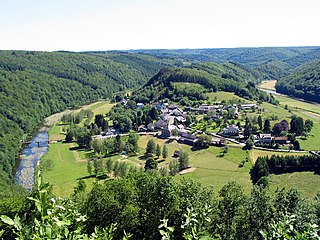
The Ardennes, also known as the Ardennes Forest or Forest of Ardennes, is a region of extensive forests, rough terrain, rolling hills and ridges primarily in Belgium and Luxembourg, extending into Germany and France.

Luxembourg has participated in the Eurovision Song Contest 37 times since its debut at the first contest in 1956. The nation participated in all but one event between 1956 and 1993, only missing the 1959 contest. After finishing among the bottom seven countries in 1993, Luxembourg was relegated and prevented from competing in 1994. The nation did not return to the contest in 1995, and would make no further appearances over the next three decades. The country is set to return to the event for the first time in 31 years in 2024.
A radio program, radio programme, or radio show is a segment of content intended for broadcast on radio. It may be a one-time production, or part of a periodically recurring series. A single program in a series is called an episode.
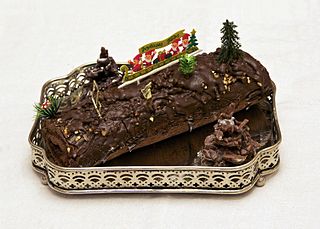
A Yule log or bûche de Noël is a traditional Christmas cake, often served as a dessert near Christmas, especially in France, Belgium, Luxembourg, Lebanon, Switzerland, Vietnam, and Quebec, Canada.
This is a list of the events of World War I in chronological order.
The International School of Luxembourg (ISL) is a privately owned non-profit international school located in Hollerich, Luxembourg City, in southern Luxembourg.

This is a timeline of European Union history and its previous development.

The following outline is provided as an overview of and topical guide to Belgium:

The following outline is provided as an overview of and topical guide to Luxembourg:
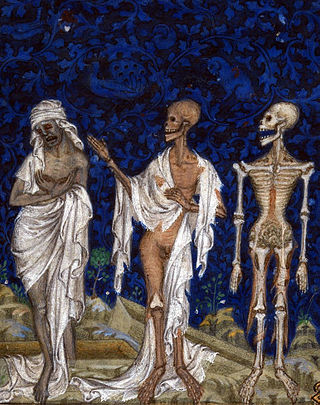
Jean Le Noir was a French manuscript illuminator active in Paris between 1335 and 1380. He was a pupil of Jean Pucelle. His main work is the Psalter of Bonne de Luxembourg.
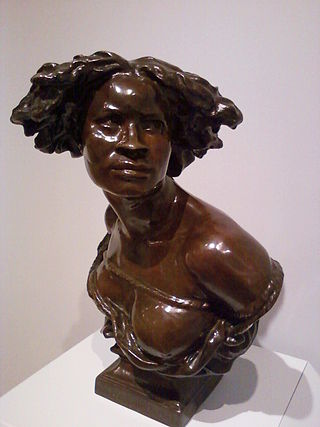
The Negress is a bronze sculpture by French artist Jean-Baptiste Carpeaux. It is now in the permanent collection at the Indianapolis Museum of Art.The Negress was purchased by the Indianapolis Museum of Art in 1980.